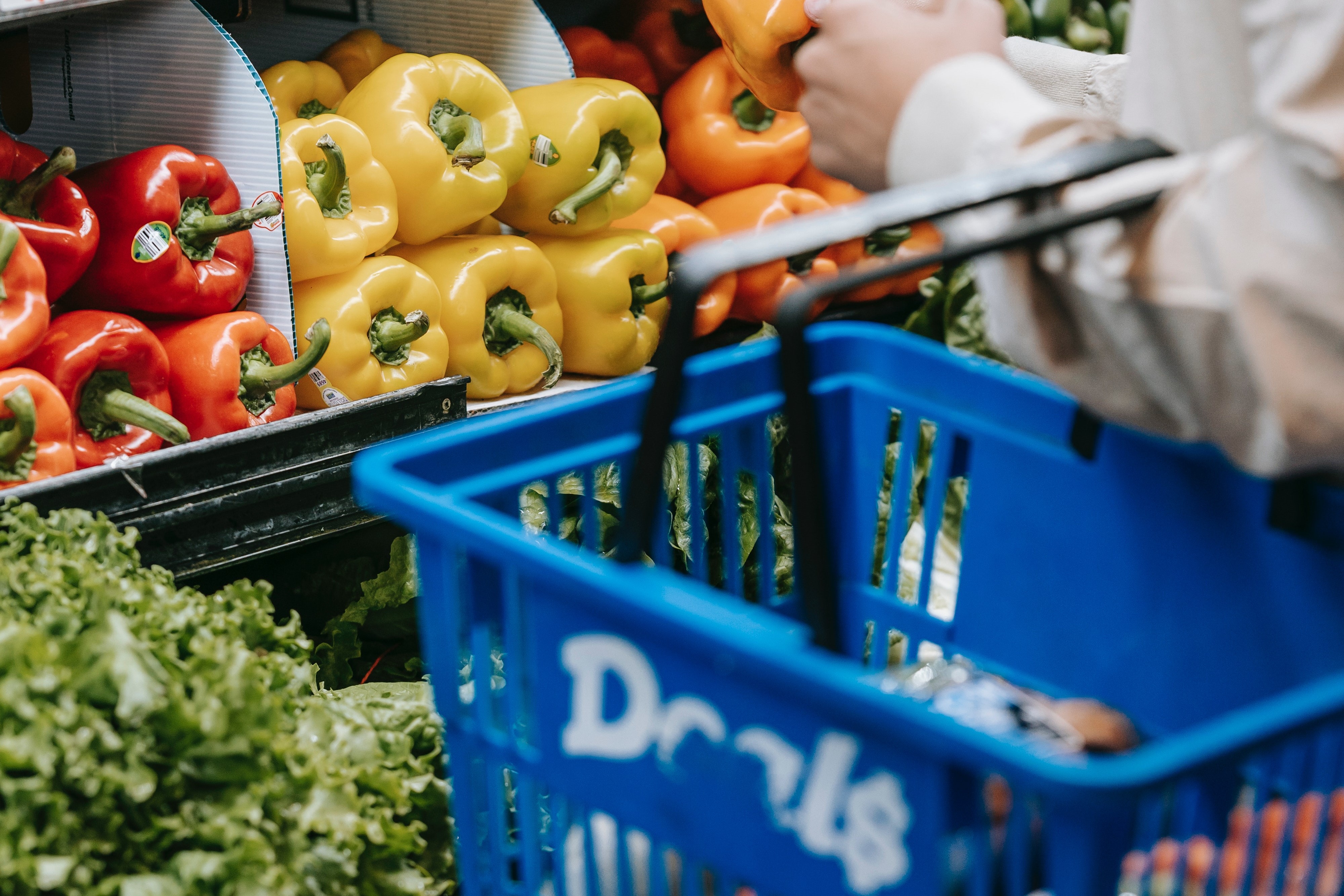Many families buy too little fruits and vegetables because market imperfections drive up their prices. With disturbed supply chains and rising inflation, imperfections become more pronounced, forcing many to choose less healthy alternatives. We propose a subsidy on fruits and vegetables financed through a progressive tax and show that it would strongly push diets in the right direction.
Views 2287
Reading time 3.5 min
published on May 31, 2023
Economists aim to understand how consumers make choices and whether these choices can and should be influenced by policy. Every choice is a result of many factors which can be broadly divided into two groups: demand factors (preferences) and supply factors (production technology, supply chains). Some individual choices are more consequential for the society than others. In our research we consider an immensely consequential choice – the food we eat.
Across the world, people are becoming alarmingly unhealthy in large part because of the food choices they make. Currently, 3 out of 4 adults in the US are overweight and over 40% are obese. Diet-related diseases, like obesity, cause 1 in 7 deaths in the US. The cost of healthcare related to these diseases is constantly rising. The situation is dire in most other developed countries as well, and the solution will require a joint effort from different disciplines.
As economists, we neither can nor want to tell people what to do or what to eat. We can, however, help creating an environment where it is possible —for those who want to— to eat a healthy and sustainable diet. To be able to create such an environment, we must understand and quantify the importance of supply factors behind food choices. These factors, unlike individual preferences, can be altered by policy interventions.
Since 1980, inflation-adjusted prices for fresh fruits and vegetables have grown much faster than average food prices. The obesity epidemic in the US started right about the same time. To understand how these two phenomena are related and how food prices might have contributed to deteriorating diets, we use a rich dataset collected by Nielsen Consumer Panel (Homescan) that contains detailed information about quantities and prices of food purchases between 2004-2014 from about 60,000 households.
Armed with these data, we investigate how diets vary across households of different income levels and in different neighborhoods. Not surprisingly, we find that richer households and households living in richer neighborhoods allocate a larger share of their total food budget to fresh fruits and vegetables. However, much more surprisingly, we find that households living in low-income neighborhoods face relatively higher prices for fruits and vegetables than those living in more affluent areas. These two observations together imply that unhealthy diets must be driven at least in part by supply factors. In other words, purchases of fruits and vegetables are low in part because prices are high.
We use modelling to understand why prices are relatively higher in low-income neighborhoods. Our structural model mimics the purchasing patterns that we observe in the data. In the model, households that are willing to buy both healthy and unhealthy food interact with food retailers that are subject to fixed costs associated with manufacture and distribution of food. We find that these fixed costs are crucial for food prices. They play a much larger role in the supply chain of fruits and vegetables than other food items. This is in large part because of the perishable nature of fruits and vegetables which makes their distribution and storage more demanding.
We estimate that high fixed costs distort the relative price of fruits and vegetables by at least 40%. These high prices in turn imply that consumers, on average, buy 15% less fruits and vegetables than they would if these sold at marginal cost. This 15% underconsumption of fruits and vegetables accounts for one third of the gap between the average amount of fruits and vegetables consumed and the recommended intake.
Our research shows that clearly there are households who do not buy enough fruits and vegetables because they cannot afford them at distorted high prices. To create an environment where these consumers would include more fruits and vegetables into their consumption basket, we propose a subsidy on fruits and vegetables that would counteract market inefficiencies.
We see two obvious criticisms of the subsidy: it is costly and it benefits rich people more because they eat more fruits and vegetables. Both criticisms are valid but can be addressed. First, subsidy would lead to huge savings on obesity-related health costs. Second, subsidy can be carefully designed so that it benefits everyone. If financed through an increase in progressive taxes, like the income tax, it would be beneficial to families of all income levels if they respond by purchasing more fruits and vegetables. We conclude, overall, the subsidy would cut the price of fruits and vegetables shifting the diets in the right direction. The time for government intervention is now.
Original Article:
Pancrazi, R., van Rens, T., & Vukotić, M. (2022). How distorted food prices discourage a healthy diet. Science Advances, 8(13). https://doi.org/10.1126/sciadv.abi8807
 Health & Physiology
Health & Physiology



